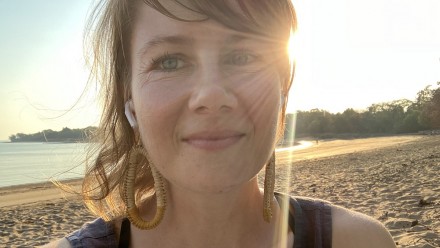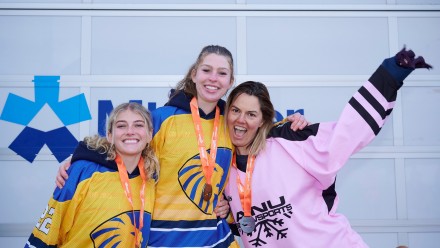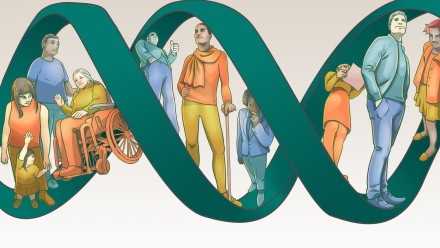Diagnosing rare diseases: Learning resources for students, clinicians and medical educators
Eight percent (8%) of the population lives with a rare disease. Many rare diseases present with complex, relapsing symptoms that are similar to more common conditions. For primary care clinicians, recognising which of these common symptoms hides a rare disease is challenging. Clinicians have to balance the risks of over-investigating against the risks of missing a consequential rare disease.
This Commonwealth-funded project 'Missed Opportunities in Clinical Practice', interviewed patients with rare diseases and clinicians on their journeys to diagnosis. In collaboration with rare diseases organisations and clinicians, these free-to-use learning resources have been developed with a focus on the journey to diagnosis of a rare disease and the consultation skills that support developing a diagnosis.
Choose your-own-diagnosis games
Your task is to solve the diagnosis. If you do not solve the diagnosis, go back to the beginning and start again.
Play as the GP in a game that demonstrates the complexities of a diagnostic journey from the person’s first symptoms to their diagnosis.
Carmen’s story. Carmen’s search for a diagnosis begins in the middle of nowhere. She’s jogging along at the rear of the Year 8 cross-country run when she trips over…
Anton’s story. First Anton had a sore throat, and then he lost his voice. Anton waves at his throat, his mother, and puts his head in his hands…
Nirmala’s story. Nirmala is apologetic about taking your time. It’s probably nothing. I just keep running out of breath…
Consultation videos
Each video demonstrates key aspects of a consultation in which a diagnostic turn is made towards a rare disease:
Inductive foraging, recognising a pattern fail, responding to self-diagnosis
Lizzie negotiates a diagnosis
Rex articulates a pattern fail
Frankie clarifies her symptoms
About the learning resources
This project was funded by The Commonwealth of Australia represented by the Department of Health Australia as part of the Rare Diseases - Support, Education and Training, Activity grant program # 4-G60XELC











